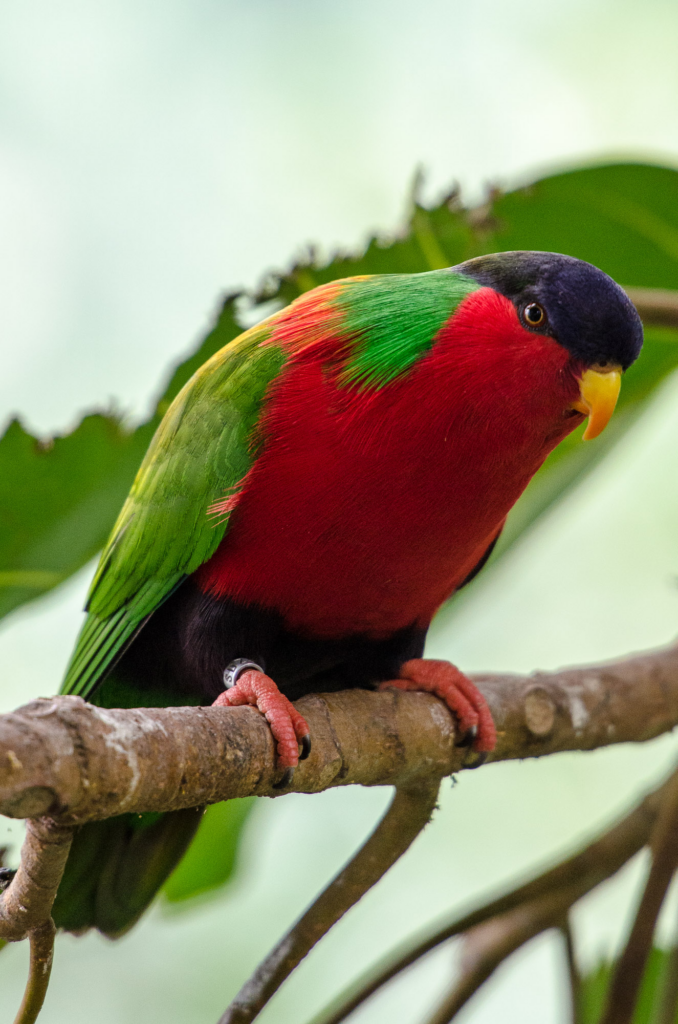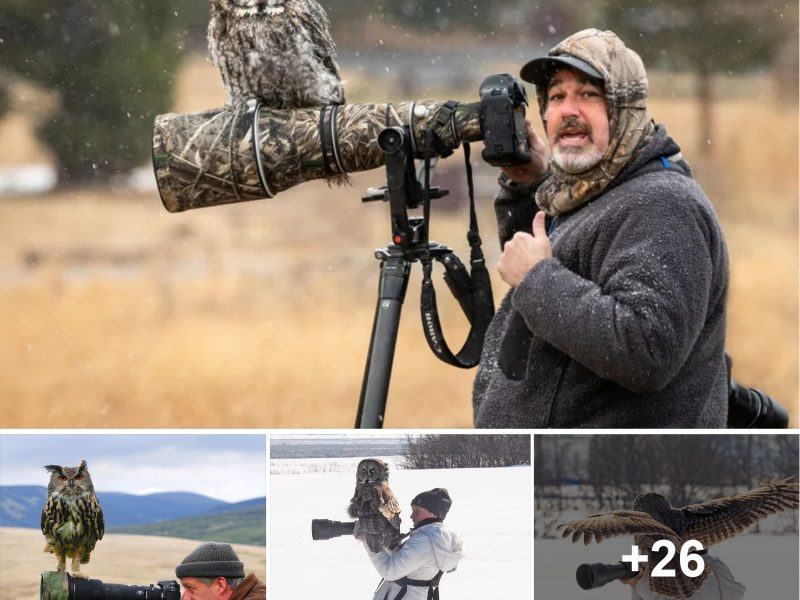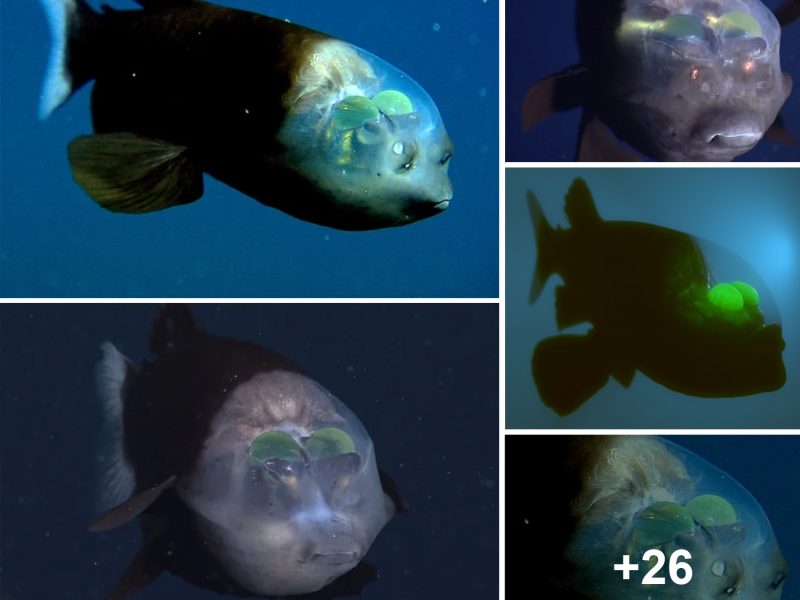An exquisite parrot adorned with a deep purple crown, a vivid green neck, a red chest and throat, a purple belly, and both green upperparts and undertail feathers.

Meet the Collared Lory:
 “collared-lory” by Susan Dennis is marked with Public Domain Mark 1.0.
“collared-lory” by Susan Dennis is marked with Public Domain Mark 1.0.
Description: The collared lory (Vini solitaria) belongs to the Psittaculidae family and measures around 20 cm (7.9 in) and displays a minor sexual dimorphism. The male features vibrant scarlet cheeks, throat, breast, and upper abdomen. Its crown is a dark purple, and the nape exhibits a lime green and red coloration, with some elongated feathers. Greenish hues cover the wings, back, and tail, while the lower abdomen displays a purple shade. Their bill is yellow-orange, feet pink-orange, and irises orange-red.

Females resemble males but possess a paler crown with a posterior greenish tint.
Juveniles exhibit duller colors with vague purple transverse striations on the upper abdomen and breast. Their beak is brown, and irises are pale brown.
 “Collared Lory” by David~O is licensed under CC BY 2.0.
“Collared Lory” by David~O is licensed under CC BY 2.0.
This bird is native to Fiji, adapting remarkably to urban settings, it flourishes in urban Suva.
 Phigys_solitarius_-back_-San_Diego_Zoo-8a.jpg: David Buranich Jr. is licensed under CC BY-SA 2.0.
Phigys_solitarius_-back_-San_Diego_Zoo-8a.jpg: David Buranich Jr. is licensed under CC BY-SA 2.0.
Distribution and habitat: These birds thrive in subtropical or tropical moist lowland forests but have adapted to human settlements, particularly in Suva. They inhabit Fiji’s larger islands and extend to the Lau Islands, reaching Lakeba and Oneata. While now limited to Fiji, fossil evidence indicates their past presence in Tonga before human settlers led to their extirpation.
 “Collared Lory RWD3” by DickDaniels (http://theworldbirds.org/) is licensed under CC BY-SA 3.0.
“Collared Lory RWD3” by DickDaniels (http://theworldbirds.org/) is licensed under CC BY-SA 3.0.
Behavior: Collared lories are swift, direct flyers with quick shallow wingbeats and are often seen in pairs or small groups. Their call consists of a high-pitched single or double shriek.
 “collared-lory” by Susan Dennis is marked with Public Domain Mark 1.0.
“collared-lory” by Susan Dennis is marked with Public Domain Mark 1.0.
Feeding: Their diet primarily comprises fruit, seeds, nectar, and blossoms. Preferred trees include drala (Erythrina variegata), coconut palm (Cocos nucifera), and the introduced invasive African tulip tree (Spathodea campanulata).
 “Collared Lory (31879467751)” by Mike’s Birds from Riverside, CA, US is licensed under CC BY-SA 2.0.
“Collared Lory (31879467751)” by Mike’s Birds from Riverside, CA, US is licensed under CC BY-SA 2.0.
Breeding: These birds nest in tree hollows or sometimes in holes within rotting coconuts attached to trees. In captivity, their clutch size is two eggs, while the wild size remains unknown but is presumed to be similar. Incubation lasts about 30 days, and the nestling stage extends for approximately 9 weeks.
 “File:Collared Lories taveuni june2008.JPG” by Aviceda is licensed under CC BY-SA 3.0.
“File:Collared Lories taveuni june2008.JPG” by Aviceda is licensed under CC BY-SA 3.0.
Aviculture: Initially exhibited in London and Taronga Zoos in the early 1940s, the collared lory was successfully bred by the Marquess of Tavistock (later the 12th Duke of Bedford) in the UK, earning him a commemorative medal from the Foreign Bird League. While not as common in recent zoos, some establishments, such as Weltvogelpark Walsrode, ZooParc de Beauval, Loro Parque, San Diego Zoo, and Kula Eco Park, house this species. However, early attempts to maintain these birds in captivity were challenging.
 “Collared Lory” by Keith Roper is licensed under CC BY 2.0.
“Collared Lory” by Keith Roper is licensed under CC BY 2.0.
This bird is regarded as of Least Concern on the IUCN Red List.
 “File:Phigys solitarius -San Diego Zoo, California, USA-8a (1).jpg” by DerekL123 from Cypress, USA is licensed under CC BY-SA 2.0.
“File:Phigys solitarius -San Diego Zoo, California, USA-8a (1).jpg” by DerekL123 from Cypress, USA is licensed under CC BY-SA 2.0.
Check out this beautiful bird in the video below:
This article uses material from Wikipedia.org which is licensed under the GNU Free Documentation License via Copyright Wikipedia. Images on this page are the sole property of the photographers (unless marked as Public Domain). Please read the license and or contact the photographers directly before using them for any purpose. Thank you all.
Enchanting To Say The Least, Gazing Into The Profound Eyes Of This Enigmatic Bird Is An Unmatched Experience!
Please SHARE this video with all your bird-loving friends and family.

